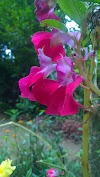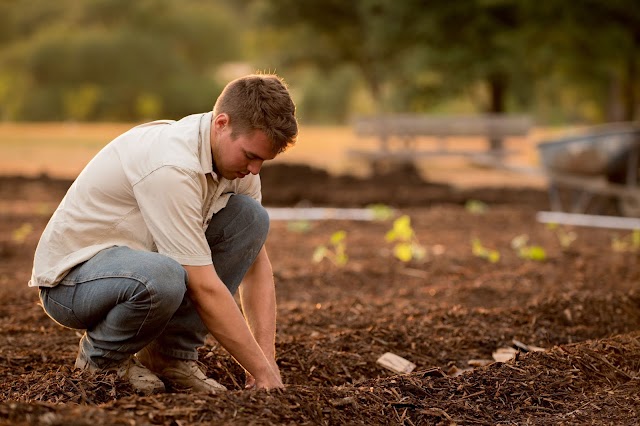ABOUT 'SPONDIAS PINNATA' PLANT
Spondias pinnata
FAMILY:- ANACARDIACEAE
BOTANICAL NAME:- Spondias pinnata
NAMES IN OTHER LANGUAGES :
SINHALA : Ember ella.
TAMIL : Ambalam, Egin, Kattuma, Malai, Sudam
ENGLISH : Bile Tree indian Hog Plum, Traveller's Delight, Wild Mango.
DESCRIPTION :
A small or moderate-sized,deciduous tree, with a straight trunk, pale bark and glabrous young parts.
LEAVES:- Large,imparipirmate compound, 30-45 cm long, rachis thickened at base, cylindrical, striate, glabrous;
FLOWERS:- Regular, pale pinkish green, polygamous, 4-6 mm across, sessile in small clusters, (period -In January).
FRUITS:- An ovoid edible drupe, about 5 cm long smooth, yellow with a firm flesh and milky juice,stone woody and fibrous (Jayaweera, 1981).
DISTRIBUTION :
A native of Polynesia. It was introduced to Sri Lanka by the Portuguese in the second half of the 18th century. Grows throughout India, Sri Lanka, Burma and the Andaman Islands. It is common in Sri Lanka, often planted in the moist low-country (Jayaweera, 1981).
EDIBLE PARTS : The fruit.
FOOD USE: Matured fruits are eaten fresh. Jams, chutney, pickles and dosi (candied) are prepared from the fruit. Delicious curry is prepared using fruits.
NUTRITIONAL AND THERAPEUTIC VALUE:
Moisture - 86.9 g,
Energy - 46 Kcal,
Protein -0.2 g,
Fat -0.1 g,
Carbohydrates 12.8,
Calcium - 56 mg,
Phosphorus - 67 mg, Fe-0.3 mg,
Carotene -205 meg,
Thiamin -50 meg,
Riboflavin - 20 meg,
Niacin - 1.4 meg, C - 36 mg (Perera, et at., 1979).
The bark of this tree is used for treating dysentery. Among certain Indian tribes, the bark ground into a paste with water is rubbed for both articular and muscular rheumatism. The juice of the leave is used for earache. The fruit is an antiscorbutic and the acidic and astringent pulp is used for bilious dyspepsia (Jayaweera, 1981).
CULTIVATION :
S. pinneta is propagated by seeds. It is budded with mango in order to get better Amberella plants. Plants start bearing of fruits at the age of 4-5 years. It is not cultivated in Sri Lanka commercially, but in home gardens.
STORAGE:
Ripen fruits can be kept for a few days. It can be used for preparing pickles and chutney, which can be kept for several months.








